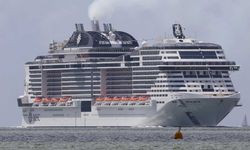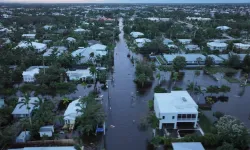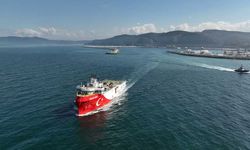In a devastating blow to Baltimore's maritime heritage, the iconic Francis Scott Key Bridge collapsed into the Patapsco River this week, leaving the city's workers in shock and disbelief.
The collapse of the historic bridge, a symbol of Baltimore's maritime culture, has deeply affected generations of Maryland workers, including longshoremen, seafarers, steelworkers, and crabbers who depend on the port for their livelihoods.
The tragedy has not only shaken Baltimore to its core but also left many in mourning for the loss of a landmark that has been a part of the city's skyline since it opened in 1977.
For many, the Key Bridge was more than just a bridge; it was a vital link connecting communities and facilitating the movement of goods and people. Its collapse has left a void in the city's infrastructure and disrupted maritime traffic to one of the East Coast's busiest ports.
The disaster has highlighted the challenges facing Baltimore's aging infrastructure and the need for greater investment in maintaining and upgrading critical transportation assets.
Despite the tragedy, Baltimore's resilience and determination remain strong. Mayor Brandon Scott has expressed confidence in the city's ability to bounce back and overcome this setback, echoing the sentiments of many Baltimoreans who refuse to give up in the face of adversity.
As the city mourns the loss of the Francis Scott Key Bridge, it also looks toward the future with hope and determination, knowing that Baltimore's maritime heritage will endure, despite the challenges it may face.






